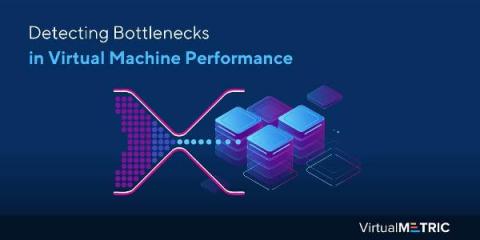Operations | Monitoring | ITSM | DevOps | Cloud
Monitoring
The latest News and Information on Monitoring for Websites, Applications, APIs, Infrastructure, and other technologies.
Monitoring CI/CD Pipelines
Continuous Integration (CI) and Continuous Delivery (CD) form the backbone of the product delivery lifecycle. A well tuned, fault tolerant and scalable CI/CD pipeline is very important to support modern Agile teams. Despite obvious business advantages, a rapid release approach combined with continuous change processes resulting from DevOps principles will in the long run generate new challenges. The entire process needs to be carefully examined and controlled.
Debug errors in Lambda functions
Troubleshooting production issues in Lambda environments is often challenging. CloudWatch requires developers to comb through logs, search for relevant terms that they may not always know of and has hard-to-consume stack traces. For obvious reasons, we recommend using Sentry to instrument your Lambda Functions code in order to report error stack traces and associated debugging context. Here’s a walk through on how to instrument a Node function.
Essential Concepts of Using Flux with InfluxDB
How to Use the Flux from, range, and filter Functions
How to Use the Flux window and aggregate Functions
Detecting Bottlenecks in Virtual Machine Performance
No matter the application or strengths of your Virtual Machine, it must rely on the resources you provide. In such a scenario, it is common to run into bottlenecks and performance issues that can undermine your operations’ productivity. Often, these bottlenecks present challenges to the team as frequent issues pose risks to the operation’s health.
Solving Runaway Series Cardinality When Using InfluxDB
In this post, you’ll learn what causes high series cardinality in a time series database and how to locate and eliminate the culprits. First, for those of you just encountering this concept, let’s define it: The number of unique database, measurement, tag set, and field key combinations in an InfluxDB instance. Because high series cardinality is a primary driver of high memory usage for many database workloads, it is important to understand what causes it and how to resolve it.
Efficient Incident Management with Catchpoint and PagerDuty
The ability to detect and alert performance issues quickly is key to reducing the Mean Time to Resolve (MTTR). Proactive monitoring will catch incidents early on but triggering the right alerts and notifying the relevant incident management team is just as critical. Enterprises rely on multiple disparate tools to monitor different systems so there is a lot of data and noise generated which can render incident management inefficient.











